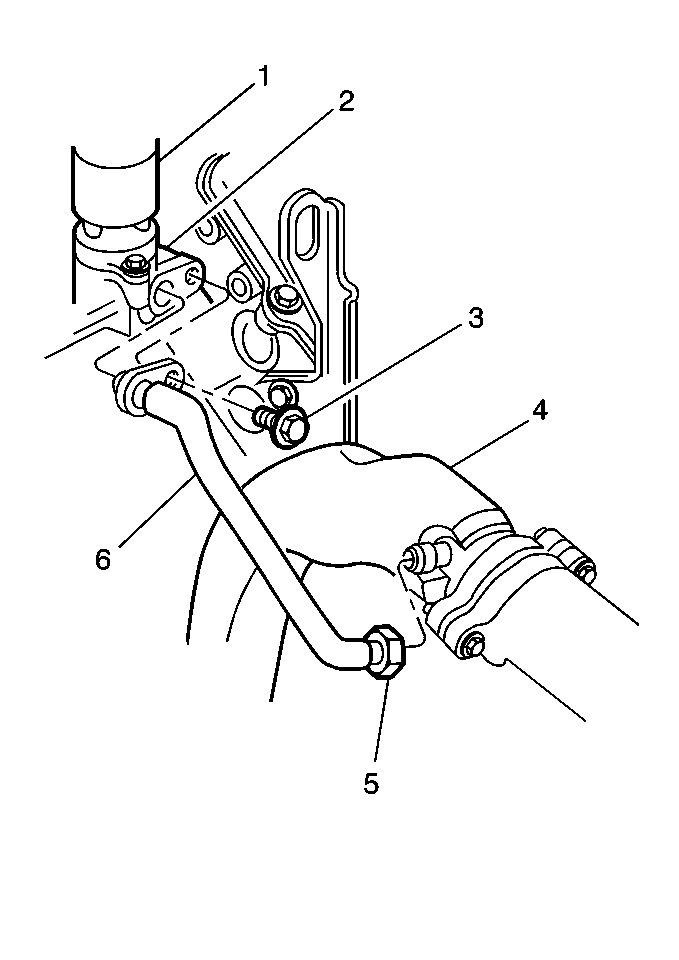Engine vacuum draws exhaust gases through the EGR feed pipe into the
throttle body spacer where they mix with the incoming air charge and are distributed
equally to each cylinder.
The EGR Valve regulates the amount of exhaust gas fed to the engine.
This mixture is dependent upon the height of the pintle above the orifice
in the base of the valve.

